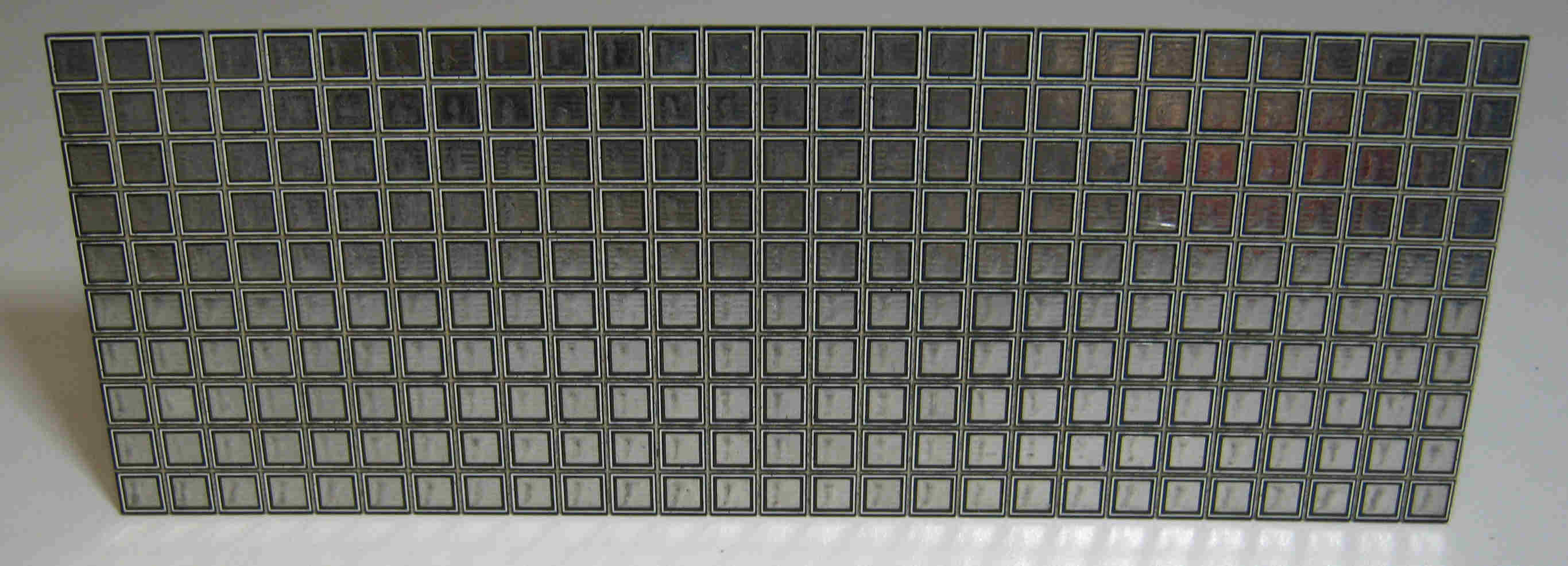Someone asked me where I get these useful pads to stick to copper laminate for bread boarding. Well go to
http://www.qrpme.com where you can find both varieties for $10 a sheet. They make any breadboard look so much neater and easier to build. You break out individual pads to use them.
There are a lot of pads on a single sheet (see above). A couple of each type (pads to join discrete parts and pads for ICs) should keep the average builder going for 12 months. They are much simpler than a PCB for small build runs and nearly as neat. You just stick individual pads onto the copper laminate where you need a pad.
See Dave Richards
AA7EE's web pages of excellent examples of how to use these pads effectively. His layouts look superb.
 |
| http://www.pbase.com/daverichards/image/150083520/original.jpg |






3 comments:
Have been prototyping on copper clad for a bit over 50 years now. I started off using what is now called "Manhattan", grounded one end components as stand offs.
One day I made a graving tool from a ground down hacksaw blade which could plough up a straight line of copper. By running this tool across a virgin sheet of laminate you could produce a load of isolated islands and wide margins at top and bottom for ground and a power rail.
That went well for many years until I got hold of a Proxxon mini circular saw, now it is very easy to cut straight sided strips of laminate then turn them 90 degrees for dicing. You need to cut a zero clearance throat, ( the bit that the blade pokes up through) otherwise the bits drop past the blade. That can be made from a bit of copper clad too! Power rails can be long strips, double sided can also be sized to produce transmission lines or resonators ( in air).
I think that Spectrum Communications used "squares" to prototype VHF PA's very many years ago - perhaps 35 years back. Certainly not a new idea.
Perhaps the original inspiration came from a "transistor radio" exhibit in the science museum, one of those big mahogany cases with a brass push button with the radio's parts arranged in a circuit diagram format over several square feet. That had copper wires supported by acrylic.
Alan G8LCO
This approach is not the only way of doing neat breadboards but it works for me (and many) and is very flexible. An advantage is the ground plane under the pads s totally continuous, so good for VHF/UHF if needed.
"An advantage is the ground plane under the pads s totally continuous, so good for VHF/UHF if needed."
But not so good, as I found out, for building a Theremin! :-)
Martin G7MRV
Post a Comment